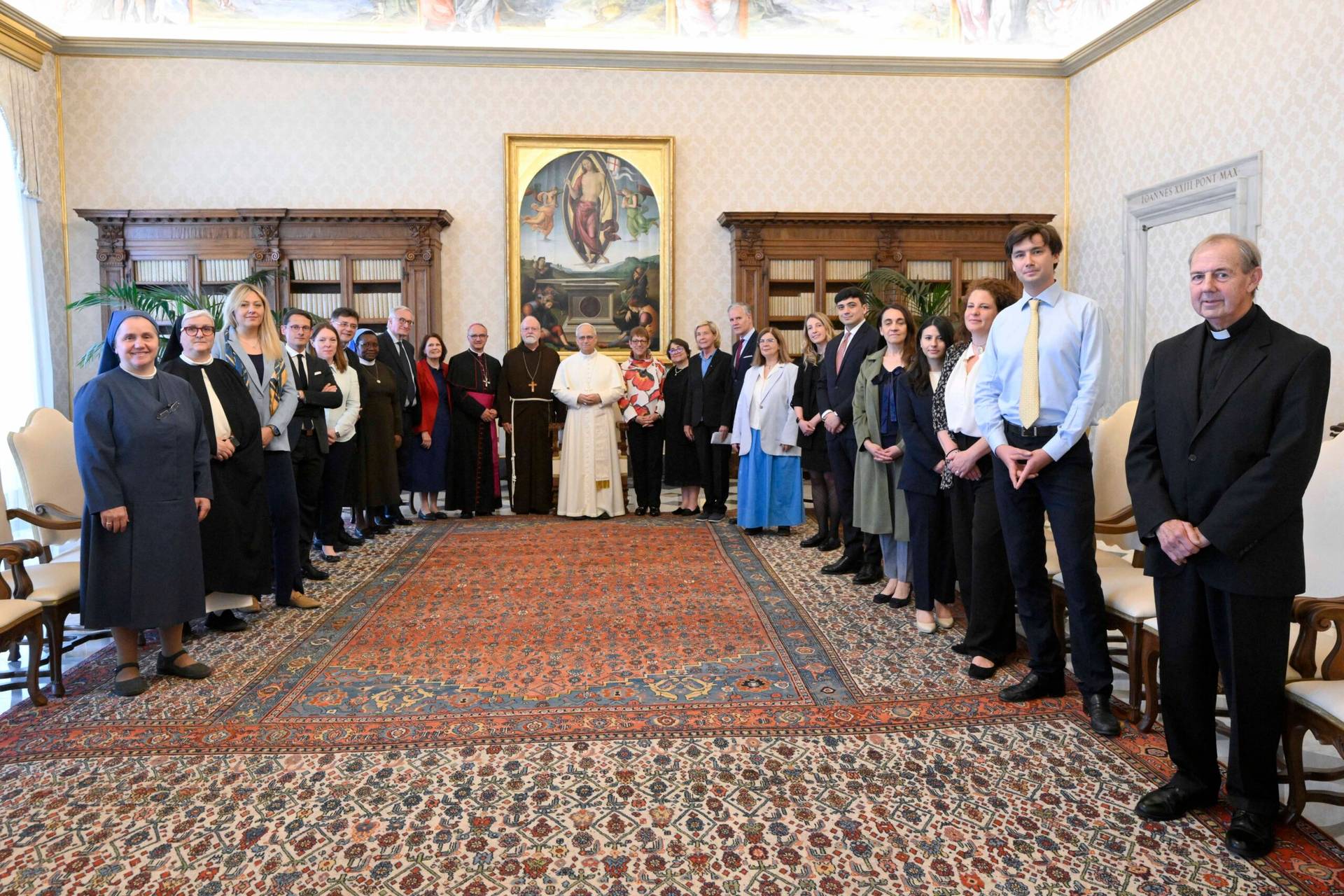ROME – Observers who’ve watched waves of attempted reforms wash over the Vatican across the years and then recede, often leaving very little changed in their wake, always marvel at the place’s ability to absorb a shock without really giving way.
While there are many factors that help explain the staying power, here’s something one dares never discount: Basically speaking, you can’t fire anybody.
The Vatican, we need to remember, is a small world, with a total workforce of just under 5,000 (that includes the Roman Curia, the governing bureaucracy for the universal church, with around 3,000, and the Vatican City State, which administers the physical 108-acre territory of the Vatican itself, with 2,000.)
In that context, personnel is policy here more than most places. If you want to ensure basic continuity in how things are done, limiting turnover is a terrific way to go about it, and a combination of culture and law in the Vatican cuts in precisely that direction.
Recently, a colleague and I had lunch with a Vatican official who was put in charge of a department about a year ago. When I asked what his major frustration was so far, he said it’s having to work with people who would never get a job from him if, say, this were a diocese and he was the bishop.
When my colleague asked about his ability to hire and fire, he just laughed.
“Firing is impossible,” he said, “so you don’t even try. If you’re lucky, you can hire somebody once in a while.”
Of course, like so many things said of the Vatican, the claim that firing is “impossible” actually isn’t quite true. During just the past year, we’ve seen a few high-profile instances in which somebody was not only fired, but physically escorted off Vatican property by the gendarmes to make sure they didn’t miss the point that their services were no longer required.
In general, however, labor laws within the Vatican afford personnel multiple opportunities to takes leaves or shift to new assignments before termination. The net result is that offices get used to working around dysfunctional employees rather than replacing them – I know one office, for instance, where a troublesome receptionist has been on “maternity leave” going on five years now.
It should be said, of course, that such firebreaks aren’t just a matter of the Vatican being obtuse.
In effect, they’re an attempt to put Catholic social teaching into action, trying to protect both jobs and workers. In a heavily clerical environment, they’re also a a sort of firebreak against personal capriciousness — and anyone who’s ever worked in an American diocese and laid up at night in a cold sweat worried about who the new bishop will be, and what sort of “housecleaning” he may have in mind, will appreciate its relevance.
Moreover, the strong worker protections inside the Vatican largely reflect the law in Italy. Should anyone make a serious push to change them, the political and social backlash, not to mention the possibility of legal challenges, would be enormous. Bear in mind we’re not talking about firing cardinals here, but mid-level employees, mostly underpaid laity.
The basic take-away (one can see the protest signs now) would be that you can’t reform a system on the backs of the people you’re asking to serve it.
Another point worth making is that at the moment, many Vatican employees don’t exactly feel safe in their jobs, whatever the formal policies may say. All the talk of “change” and “reform” over the last several years have left people wondering if their office will even be there six months from now, and, if so, if it will still have room for them.
To take another for-instance, when Pope Francis put together a study commission on Vatican finances in 2013, one of its conclusions was that many of the apartments owned by the Vatican in Rome don’t earn nearly as much in rent as they should, because they’re leased for long terms to employees at below-market rates.
That’s long been a part of the basic compensation arrangement. Vatican salaries are stable but often strikingly low in comparison to what the same work might command someplace else, so traditionally a low-cost apartment is about the only way of making Rome survivable.
A Italian businessman who advises the Administration of the Patrimony of the Apostolic See (APSA) once explained the Vatican’s personnel policy to me this way: Ti pago poco, ma ti do una casa, meaning, “I won’t pay you much, but I’ll give you a house.”
Nonetheless, back in 2013 a consulting firm brought in as part of the study process recommended that those apartments be emptied out, fixed up (many suffer from significant deferred maintenance), and then put on the market at their real value, concluding the Vatican would realize tens of millions in additional income every year.
During conversation among the pope’s advisers, an Italian finance expert posed the following question: “Okay, let’s suppose we do that. Is the pope ready for the demonstrations in St. Peter’s Square by his own workers, who he’s just kicked out of their homes, asking him, ‘Where’s the justice for us?’”
Nobody had a good answer to that question, and the idea was quietly shelved.
Certainly, there are alternatives one might envision which could inject a certain degree of fresh blood into the system on a more regular basis. Perhaps Vatican departments, for instance, could develop a more explicit distinction between “political” appointments and civil service jobs — with the political roles coming and going at the discretion of whoever’s in charge, while the other positions enjoy the traditional protections.
Until such solutions are identified, the bottom line is that if the price of Vatican reform is ruthlessness with employees, it’s probably not in the cards, and there are some good reasons why that’s the case.


















